Eyes wide at the genius camouflage ability of animals
Some animals camouflage themselves so well in their natural environment that it is almost impossible to see them.
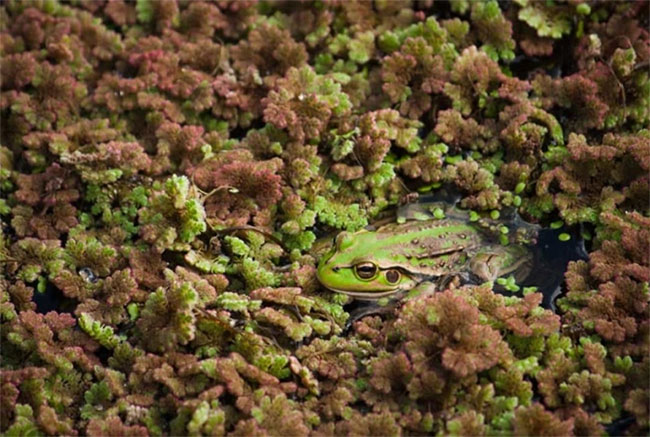
The green bell frog is hiding among the duckweed. This frog is terrestrial and native to eastern Australia. Although capable of climbing, it is not arboreal and spends most of its time near the ground.
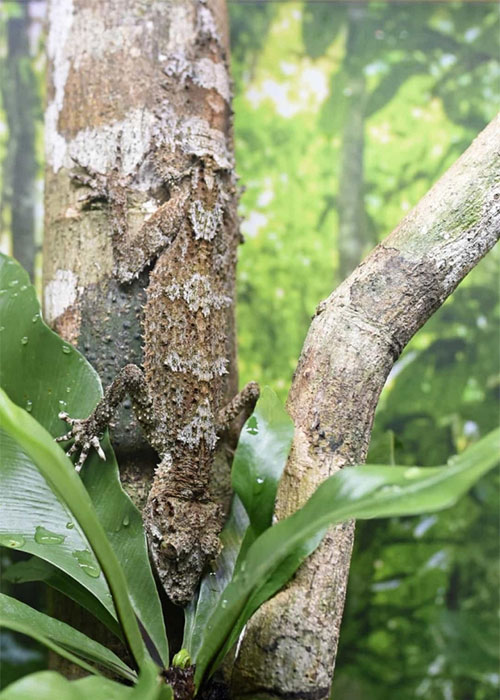
It seems impossible to distinguish which is a twig and which is a leaf-tailed gecko. This species of gecko is identical to the dried leaves found on the forest floor or even among the branches of trees.

Southern stingray. This fish is found in the tropical and subtropical waters of the Atlantic Ocean from New Jersey to Brazil. Pictured is a stingray in Costa Rica hiding from predators.
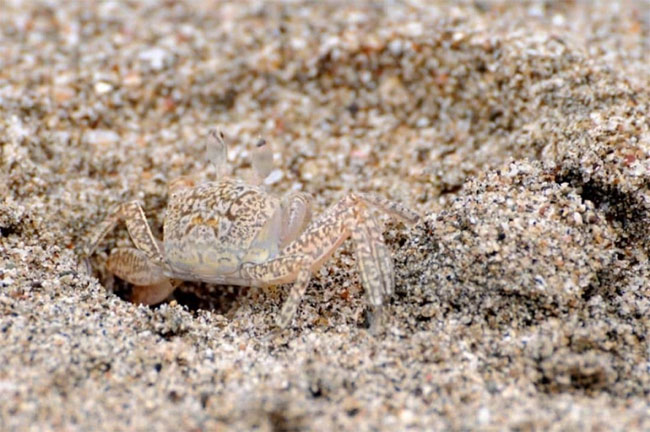
Has anyone seen a ghost crab crawling in the sand?
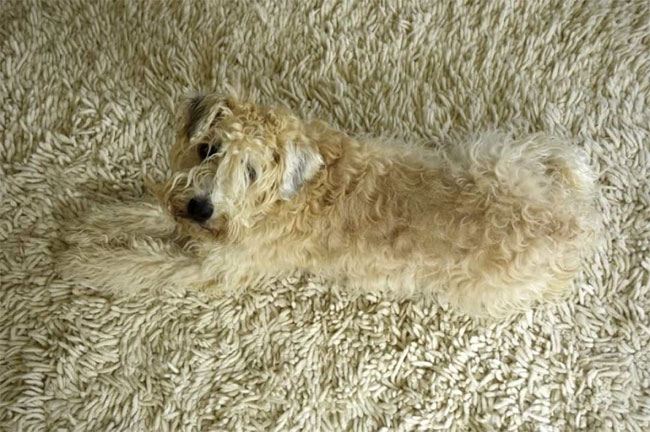
The dog with the white fur and the carpet seems to blend in perfectly.
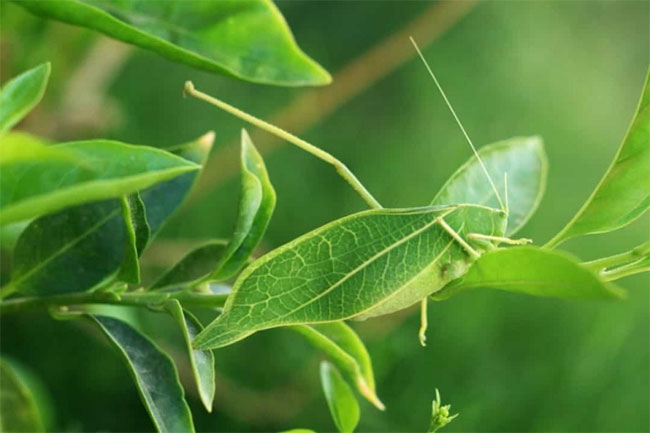
It's hard to tell which is the leaf and which is the leaf beetle.
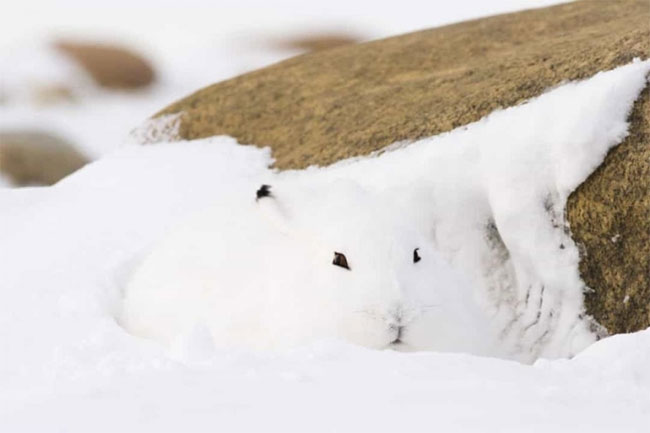
An arctic hare is curled up in a pile of snow. The arctic rabbit is tolerant of the cold thanks to a thick coat and often digs holes in the ground or snow to stay warm and sleep.

Contrary to some brilliant butterflies that love to fly, some species prefer to stay hidden rather than stand out from the crowd.

"If they can't see me, I won't see them either," the deer said.

A stingray merges into the ocean.

The mighty owl perched on a tree branch.
- The ability of extreme animal camouflage
- Stealthy assassins in nature
- Admire the extreme camouflage art of animals
- The hidden art of animals
- The clever camouflage screen in nature
- Why do animals with large eyes run faster?
- The results of the study of 5,000 genius children within 45 years have been announced
- Why do cats see at night but daytime sightings?
- Eyes evolved to have X-ray capacity
- Plants have the ability to camouflage scents for survival
- Photography: 'Talking eyes' of wild animals
- Video: Stealth octopus super over ninja
 Animal 'suffering' after hibernation
Animal 'suffering' after hibernation Why do goats climb well?
Why do goats climb well? Scientists were surprised to see chimpanzees eating turtles
Scientists were surprised to see chimpanzees eating turtles Giant catfish died deadly due to drought in Thailand
Giant catfish died deadly due to drought in Thailand Stingray weighs more than a ton to frighten Brazilian fishermen
Stingray weighs more than a ton to frighten Brazilian fishermen  Giant stingrays lay premature for fear of humans
Giant stingrays lay premature for fear of humans  Pink stingrays were first discovered in Australia
Pink stingrays were first discovered in Australia  Two-headed rays rarely
Two-headed rays rarely  Swim with thousands of stingrays
Swim with thousands of stingrays  Fishermen catch stingray weighing more than 1 ton in Peru
Fishermen catch stingray weighing more than 1 ton in Peru 